From taking notes and playing games, to checking the news and sending emails, smartphones have made a habit of becoming every part the modern day Swiss Army knife.
One of the most used purposes of smartphones is the camera. Just about every handset comes equipped with the ability to take photographs. With that in mind, are smartphones about to negate the need for digital cameras? Let’s look at the smartphone camera versus DSLR debate.
Quality
The biggest aspect of any photo is the quality of the snap. Many smartphones now come well-armed with a host of impressive specs and features. The latest models vary from 12-23 megapixels with steady aperture and each has their own set of features and extras.
The iPhone 7 Plus, Samsung Galaxy S7 Edge and Google Pixel XL offer native raw capture and both the iPhone and Pixel also have dual-tone flash. All three are capable of producing incredibly stunning pictures.
When assessing the smartphone Camera Versus DSLR debate, how do phones actually compare to cameras though? The built for purpose devices that we know and love have much higher capacity for MP and aperture. The average camera’s megapixels actually lies close to that of phones at between 12 and 24MP. The more advanced models, however, are capable of shooting as high as 200MP.
In all fairness, smartphones tend to have more than sufficient quality to get the shot needed when objects and subjects are still and light is on the taker’s side. In fact, they’ve got much better recently with low light but are still some way off reaching the levels of dedicated cameras.
A consumer need for sleek and slimline devices means that phones simply cannot incorporate higher lens quality and a bigger sensor; two crucial factors when it comes to overall quality. Of course, 200MP is probably too much for many but better aperture and sensors of cameras results in far superior quality.
Portability Factor In Smartphone Camera Versus DSLR
Unless it’s a paid shoot or an adventure to find something specific, most photographs are spontaneous in nature. That means that having a camera nearby, “just in case”, is high on the priority list of many people who like to capture memories.
The old tripod no longer needs to come along thanks to modern technology and digital cameras are now usually lightweight enough to carry around, especially if there are no lenses or other parts and accessories to lug around.
Smartphones certainly take this round, though. After all, it’s highly likely that the phone would be in attendance regardless of the situation. It will fit snugly in the pocket, something most dedicated cameras can’t claim.
Usability
Both smartphones and dedicated cameras are pretty easy to use when it comes to basic functionality. It’s usually a case of pressing a button to take a photo. The advanced features may take a little more thought, though.
Of course, this can work two ways. Usability isn’t just about ease of access. It also refers to functionality and how people of different skill levels can operate the device. For beginners and casual photographers, smartphones have all of the necessities required.
HDR, timers, filters and different photo types such as panoramic and slo-mo are all readily available in the latest smartphones. However, for those who are at home with a digital camera in their hands, usability far exceeds that of a smartphone.
Boasting a whole host of features accessible from the device itself, the majority of cameras offer much more than phones can. Superior zoom capability, smarter automatic focus, optimised scene modes, white balance, shutter and aperture control and much, much more are the norm in most cases.
All of this can add up to phenomenal photographs if leveraged correctly. Advanced users would be much more suited to digital cameras thanks to their knowledge and assumed detail and quality requirements. It’s also worth noting that the battery life of smartphones compared to cameras is probably going to be much shorter.
The fact that smartphones are used for many other functions can drain them quicker.
Editing Images
Smartphones can offer a wide range of editing options. Most models have tools incorporated into the phone which can be used and there’s an almost endless myriad of image editing apps for mobile. For the most part, they’ll probably be enough for casual photo fans.
Step forward the powerful editing suites and software designed for photos, such as Adobe Photoshop and Photoshop Lightroom and its pretty clear to see how to get the best images. Whilst photos taken with a smartphone are more than editable with this software, the higher quality photos taken by dedicated cameras and the pricey, desktop-orientated programs means that it is more suited to professional images.
Serious snappers who place emphasis on correcting the smallest of grievances have a world of tools at their disposal, in one common place. Even if smartphone captured images were touched up, though, some may never be to the desired level.
That’s because the ability to work in a range of light levels tends to be limited with phones. Light or white-heavy (such as snow) landscapes, as well as the dark of the night, are more difficult to capture with a phone. Smaller light sensors and a lower level of stability means the initial images are sometimes just not good enough quality to edit effectively.
Lens Adaptability and Zoom
If you don’t want to be taking steps forward and back, zoom is a great feature of camera. There are two types; optical zoom and digital zoom.
Optical zoom adjusts the physical lens of the camera, maintaining quality and detail effectively. Digital zoom is an alteration of the intended image before it is taken. This leaves the photo in danger of becoming pixelated as the centre is enlarged with edges being trimmed down.
Dedicated cameras usually come equipped with options for both zoom types. Smartphones, on the other hand, only come with digital zoom capability. This means that the chances of lower quality images is present whilst using the zoom feature.
That doesn’t mean that digital zoom is always going to result in weak images. They will usually be of much lower quality than those taken using optical zoom but still of a decent standard in most cases.
Moving Forward
So in the smartphone Camera Versus DSLR battle, whilst there’s an argument for and against smartphones taking over from dedicated cameras, the most likely scenario is one where the two live in harmony. The advanced technology used in modern phones means they are more than powerful enough to be used by casual snappers. They offer enough quality for common photos uses such as social media and image sharing.
The professional photographer and fan of quality will always have a place for the digital camera, though. Its power and precision combined with a need to capture to take the perfect photograph means it is much better suited than a smartphone.
John Kemp is a professional photographer of over thirty years and runs JK Photography. As well as taking photographs, he has also taught photography and design from BTEC to Degree level, passing on knowledge to the next wave of photographers.

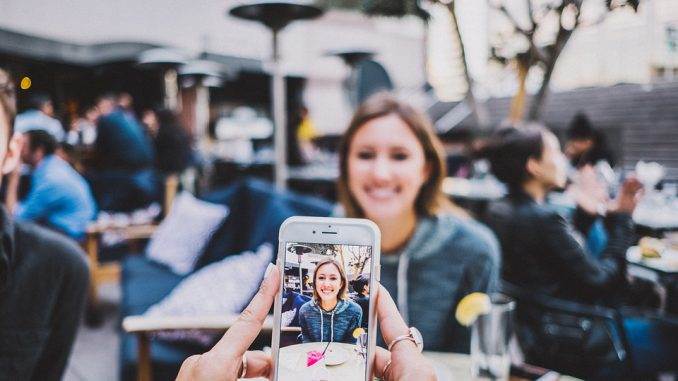
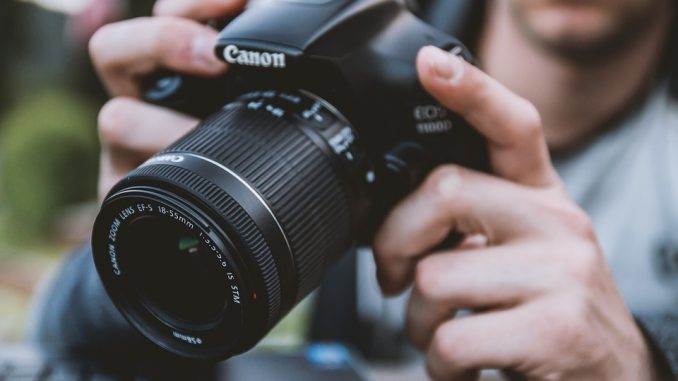
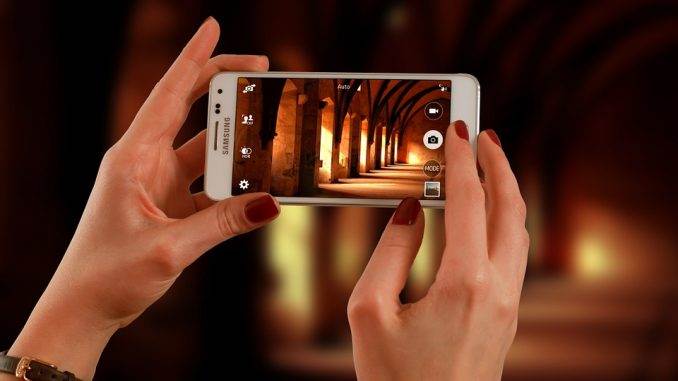
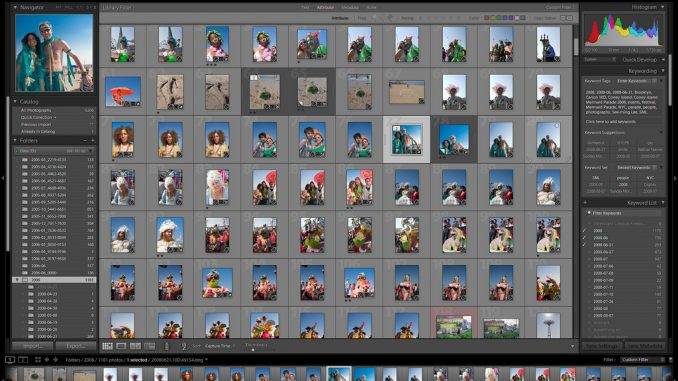
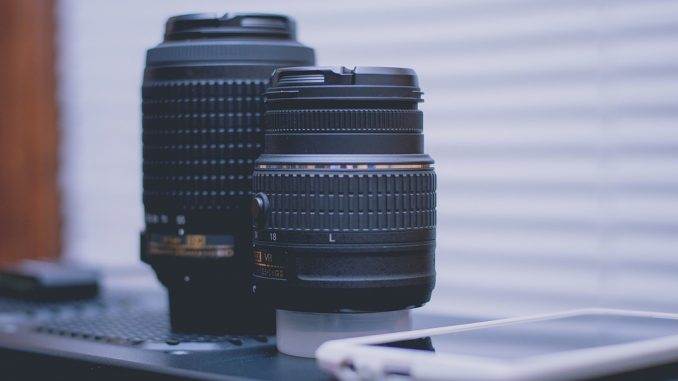
Leave a Reply